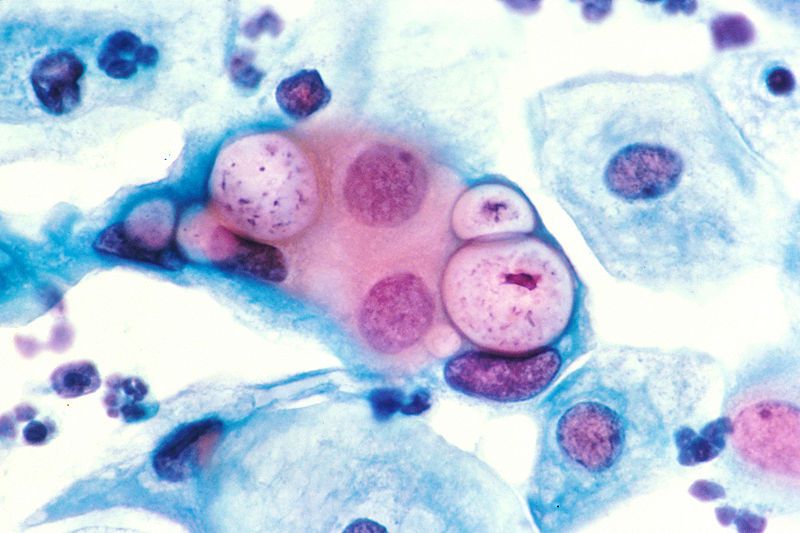-
 Freon
Freon
-
 Common channel signalling
Common channel signalling
-
 Evaporitic
Evaporitic
-
 Endosperm
Endosperm
-
 Narcolepsy
Narcolepsy
-
 Gravity
Gravity
-
 Chylomicrons
Chylomicrons
-
 Amine acid group
Amine acid group
-
 Lewis base
Lewis base
-
 CD-Photo
CD-Photo
-
 Levetiracetam
Levetiracetam
-
 Corpuscle
Corpuscle
-
 Amniote
Amniote
-
 Wader
Wader
-
 Fertilisation
Fertilisation
-
 Orchidectomy
Orchidectomy
-
 Penis
Penis
-
 Shark feeding
Shark feeding
-
 Abyssal plain
Abyssal plain
-
 Polymerisation
Polymerisation
-
 Satellite image
Satellite image
-
 Dicotyledon
Dicotyledon
-
 Alkaloid
Alkaloid
-
 Podzol
Podzol
-
 Jaundice
Jaundice
-
 CEV
CEV
-
 Virtual universe
Virtual universe
-
 Liver fluke
Liver fluke
-
 Star system
Star system
-
 Major axis
Major axis
Chlamydia
Chlamydia trachomatis is a bacterium which causes Chlamydia infection, a common STD in France.
Features of Chlamydia trachomatis
Chlamydia trachomatisis a small Gram negative bacterium (300 nanometres). It is an obligatory intracellular parasite that can therefore only survive in a human host cell. It has a specific reproductive cycle : alternating between an elemental form (infectious) and reticulated form (replicative).
Its small genome is carried on a circular chromosome of a million base pairs, coding for 800 proteins.
Chlamydia trachomatis and human diseases
The fifteen serotypes of Chlamydia trachomatis only infect human beings.
Chlamydia specifically infects the genital and ocular mucosa. Chlamydia (or Chlamydia infection) causes urethritis, or cervicitis, and is the most frequentsexually transmitted infection in France. It is contracted during sexual intercourse (oral, genital, or anal), and at childbirth between mother and child.
It also causes trachoma, a keratoconjunctivitis which is transmitted to the eyes from hands or from flies landing on infants eyes in highly infected countries.
 Chlamydia trachomatis is the bacterium responsible for Chlamydia infection. © Lance Liotta Laboratory
Chlamydia trachomatis is the bacterium responsible for Chlamydia infection. © Lance Liotta Laboratory
Latest
Fill out my online form.



